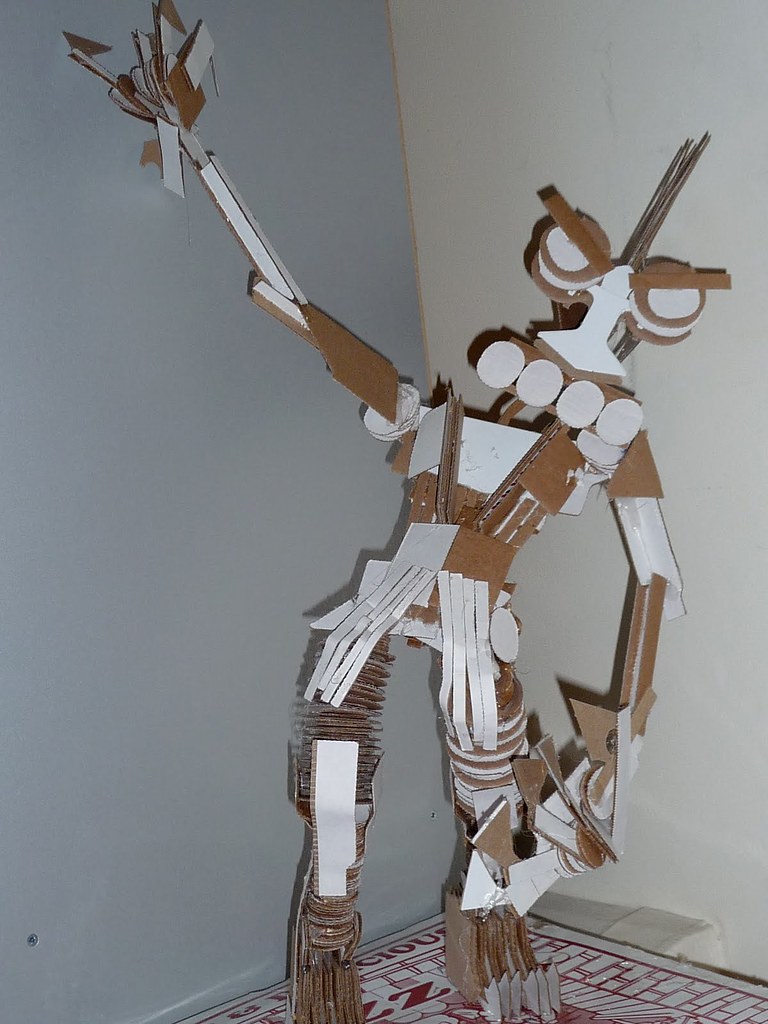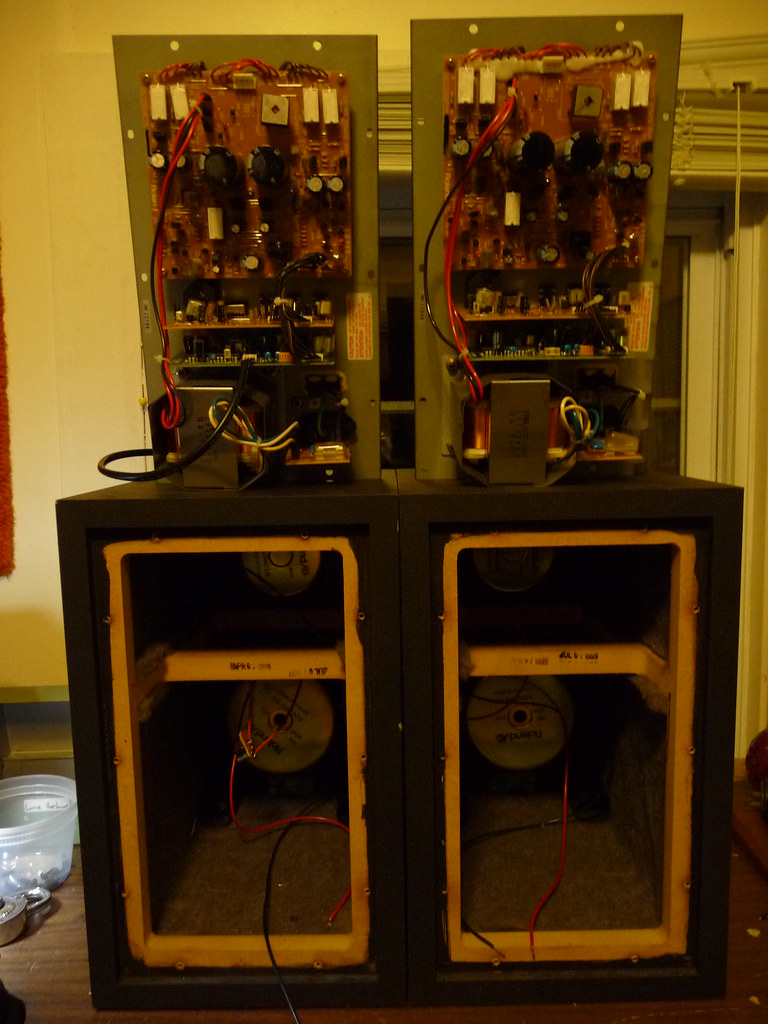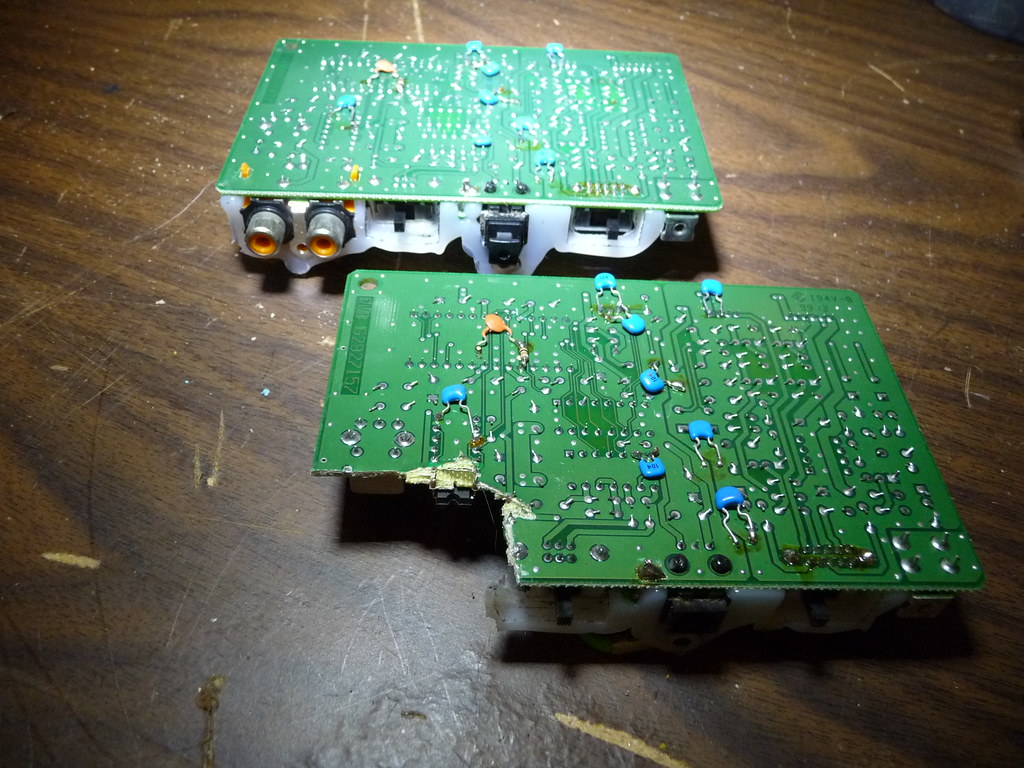After so many years of literary analysis and myriad other right-brained ventures, I've become quite sluggish in mathematical type analyses. So, when I accidentally blew the internal amplifiers on my
Roland DS90 desktop monitors, it took
six years of procrastination before I finally opened them up and converted them to passive speakers.
Wiring in series and parallel I could understand, but when it got into the heady world of impedance and frequency crossovers, my brain started to swirl. I'll try to give the condensed version of how I figured it all out.
First, these monitors have two speakers, one standard for all frequencies, and one tweeter for only high frequencies.
A "crossover" is a speaker wired in parallel that has it's frequency limited by wiring in one or more capacitors.
I found out the "crossover frequency" of my speakers, then checked out
this site to calculate the proper
capacitance
Then it was a matter of rummaging through my junked circuit boards to find the right capacitors. That same site I linked to has a nifty little calculator that tells you how many farad you get when wiring the capacitors in different series or parallel combinations.
Now for the build pics:
The monitors with their butts ripped off.
The capacitors wired in: 2 10 microfarad caps in series, and 1 2.2 microfarad cap in parallel = 7.2 microfarad
Hacking the input: After I went all Om Nom Nom on the preamp circuit board...
I used the existing RCA input jack, and kept the rest of the amplifier guts intact, guessing that their physical presence has an effect on the overall sound of the monitors.


















